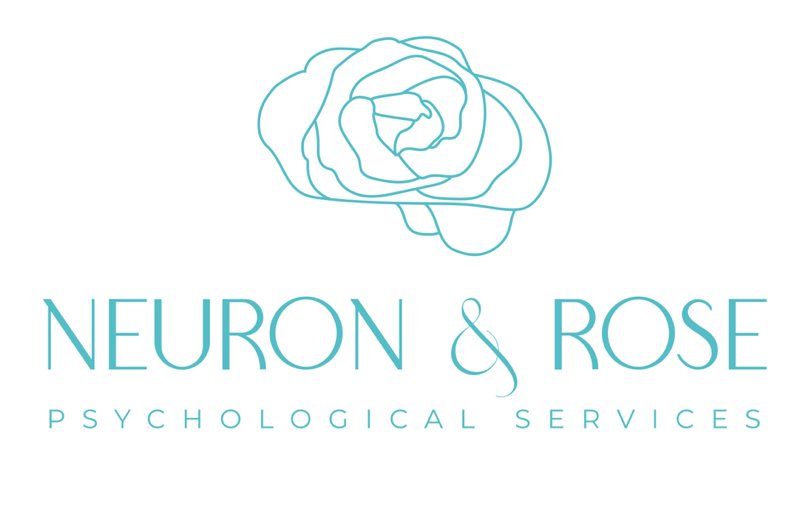Are Cases of Autism On The Rise?
Autism isn’t a new condition. Traits of the condition have been described in historical documents for centuries—we’ve always been here. However, it’s not something that saw a dramatic rise in “prevalence” until the 1980s and beyond.
Now, it seems like information about autism is everywhere — and that’s a good thing! Autism awareness and acceptance seems higher than it has ever been. So much so that you might hear misguided folks claim, “everyone is a little autistic nowadays.”
According to the CDC, more children are receiving official autism diagnoses than ever. But, what does that mean? Are there differences today that didn’t exist in years past? It’s likely a combination of things causing the uptick in cases.
Whether you’re wondering if your child might be autistic or simply want to know more about the rising cases of autism (now 1 in 36 according to recent studies), let’s cover a few of the factors that could be boosting those numbers.
increase in knowledge about autism
One of the biggest reasons autism cases are on the rise is that there’s simply more awareness today than there has been in the past. Again, that’s a good thing. It’s allowing children all over the world to receive the right diagnoses so they can get the support they deserve.
In addition to more awareness, especially in North America, there are also better screening efforts than in the past. Autism education has gone far beyond the public. More doctors and medical professionals are becoming interested in the condition and learning how to effectively screen for it. Further, social media has had a role in spreading autism knowledge to the general public more than ever before. People are recognizing traits in themselves and their family members and are advocating for themselves with their healthcare team.
In some studies, you’ll see that cases are on the rise in non-white communities. African-American and Hispanic populations are seeing a jump in diagnosed cases. Historically, ethnic minorities have been less likely to be diagnosed.
changes to dsm-v criteria for autism
Back in 2013, the DSM-V came out, and with it a whole new way of diagnosing autism. Pervasive Developmental Disorder-Not Otherwise Specified (aka PDD-NOS), Asperger’s, and Autistic Disorder disappeared, and Autism Spectrum Disorder emerged. Furthermore, in the past, one was unable to diagnose autism and ADHD simultaneously, even though they very frequently co-occur (studies show between 30-80%).
What Can You Do?
While autism awareness continues to grow, there’s still so much more we need to learn about it, particularly about the lived experiences of autistic individuals and their families.
If you’re interested in learning more about autism or you think your child may be autistic, don’t hesitate to reach out to a professional as soon as possible. Being autistic comes with its challenges in a neurotypical world, but with the right tools and resources, individuals and their parents can improve their quality of life. Autism assessments can be an invaluable resource for you to deepen your understanding of your child and how to support them.

